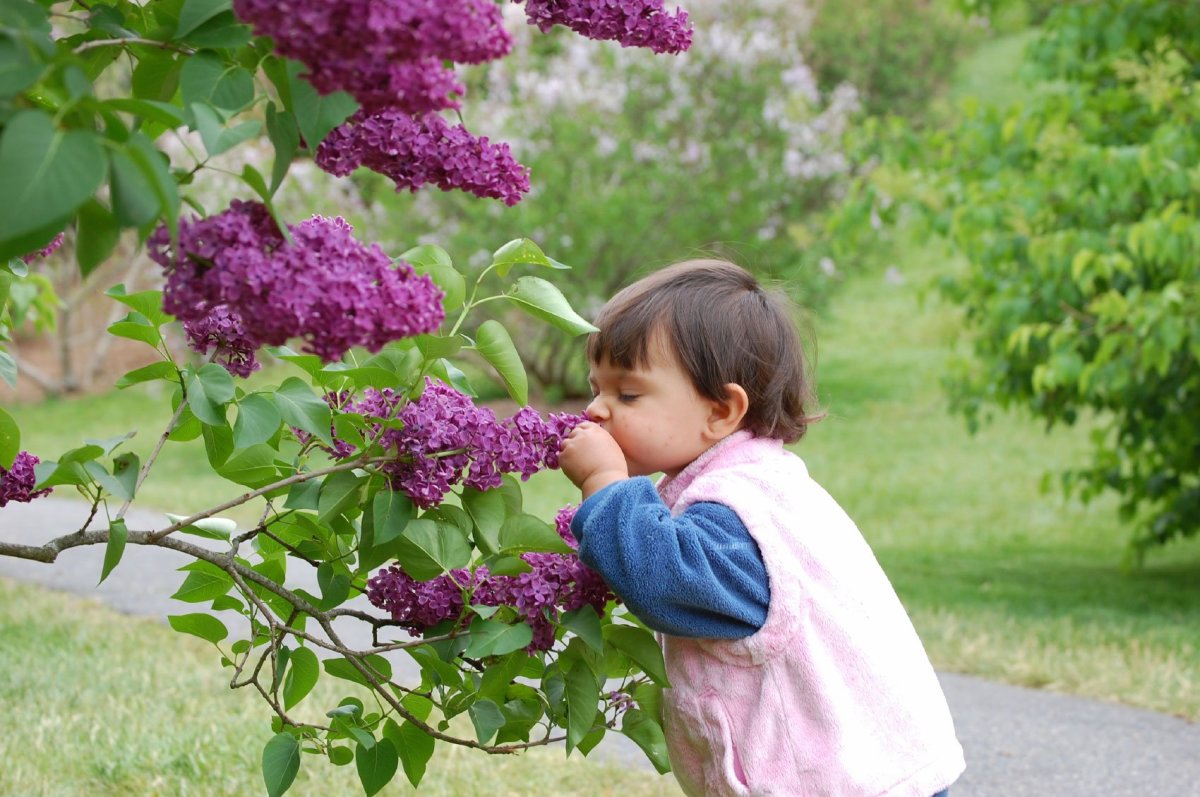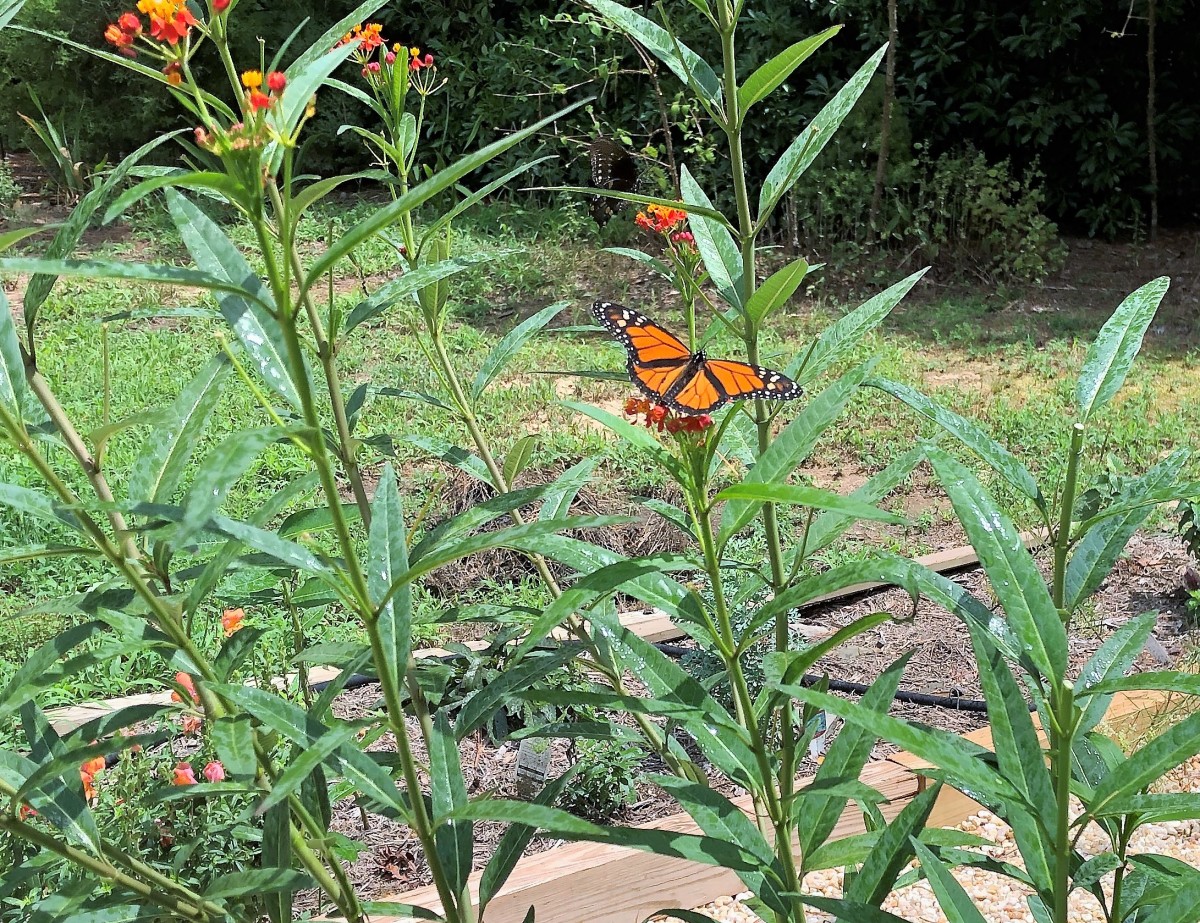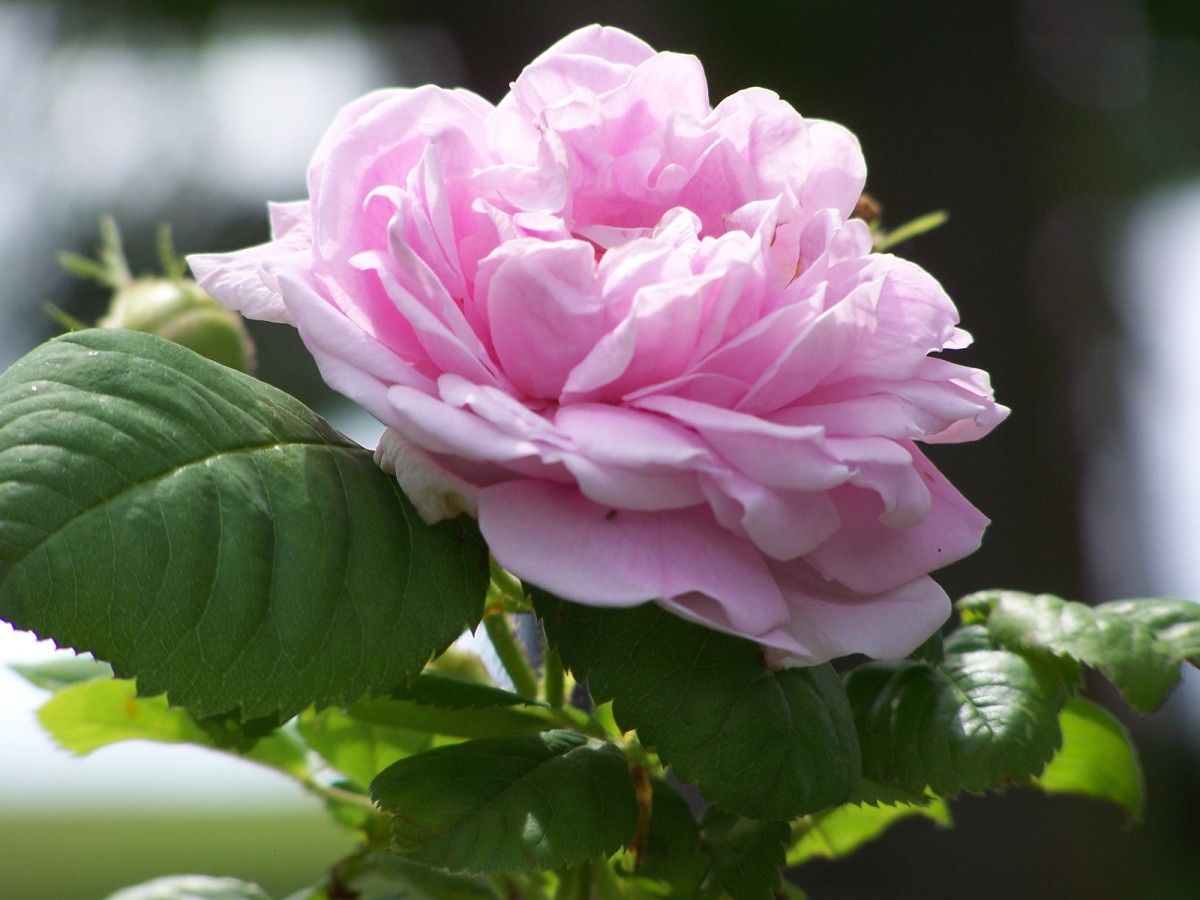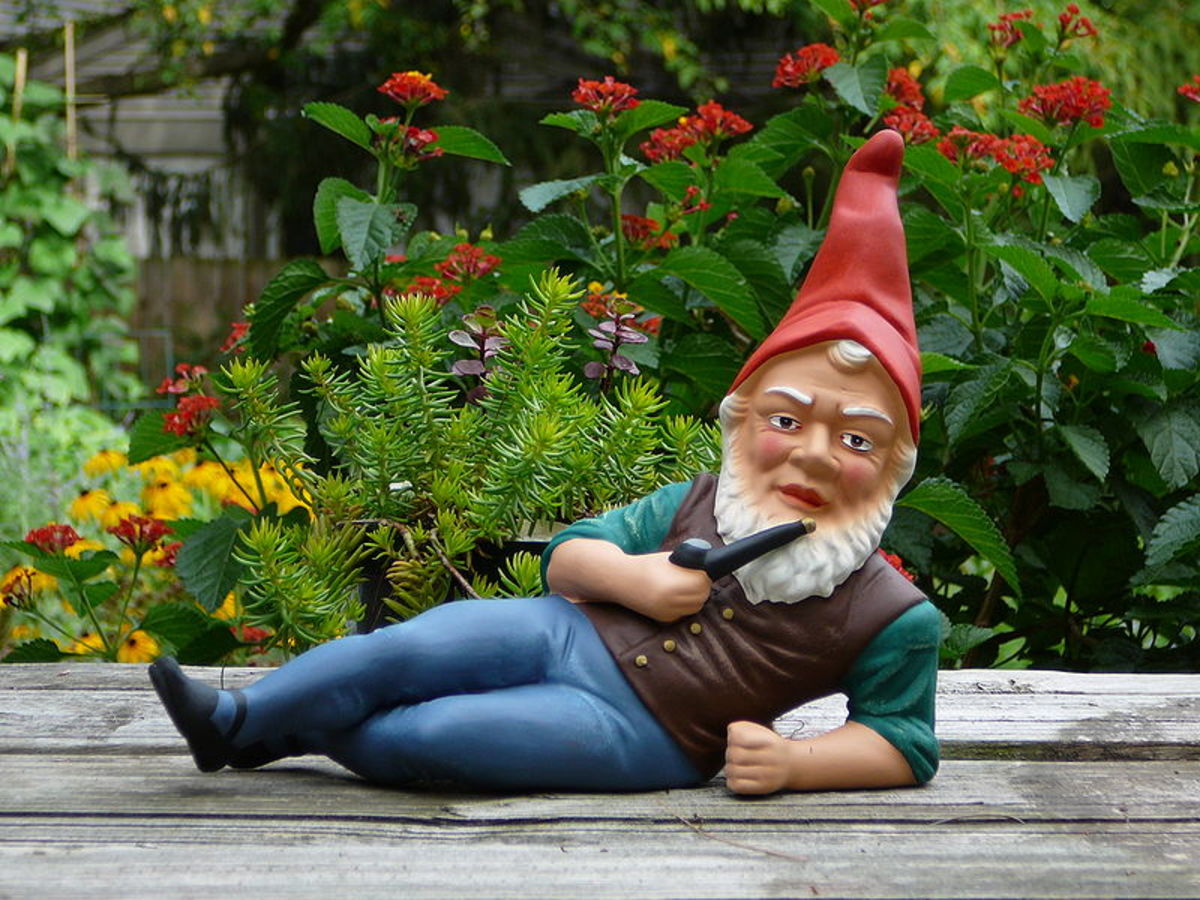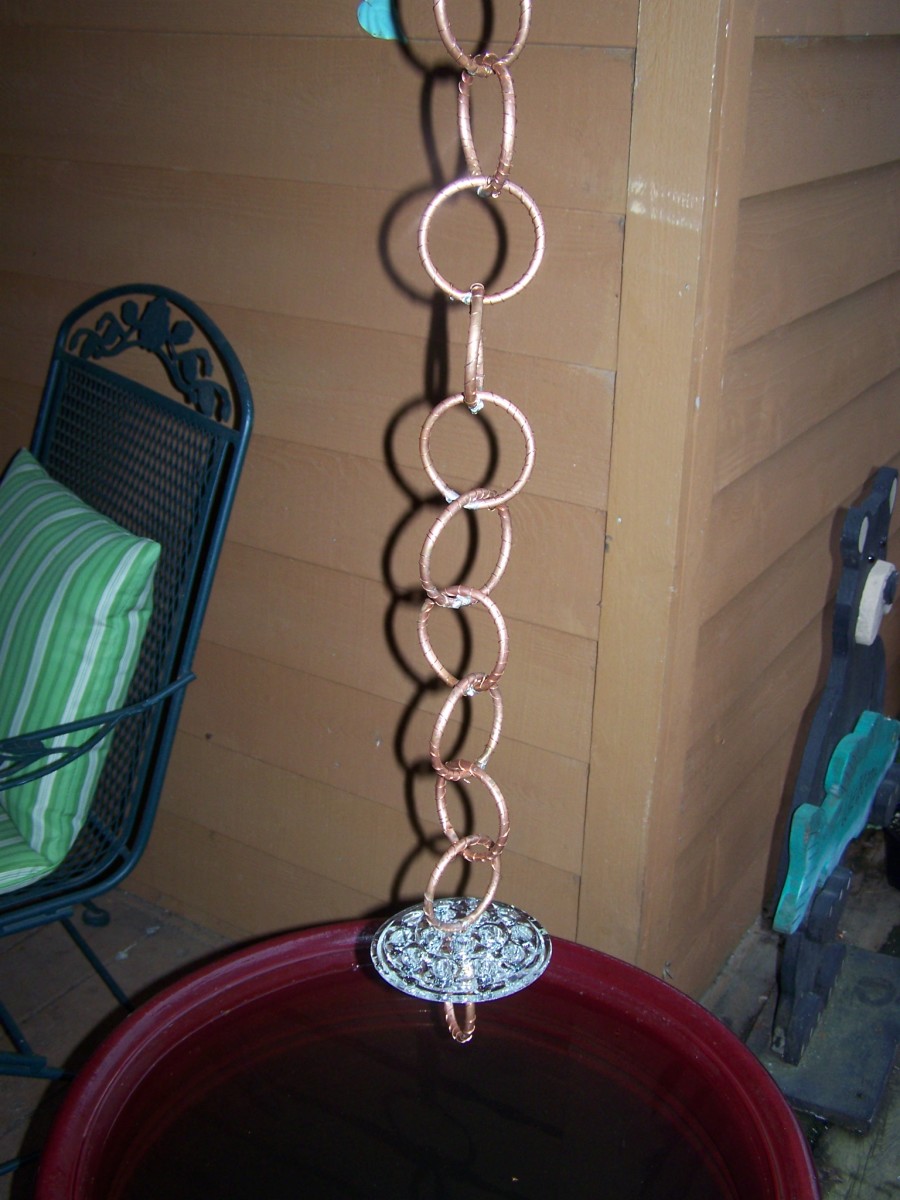Designing The Sensory Garden
The Sensory Garden
A garden should stimulate all the senses. Imagine spending an afternoon casually strolling through a garden that is full of enticing aromas, is pleasant to the touch, a feast for the eyes, delicious with an undertone of sound bringing it all together.
In order to enter the garden you walk through a trellis that is covered with a climbing rose. The rose will depend upon where you live, but the blush nosette is an example.
You proceed along a garden path that is a minimum of 36 inches wide and is made from wood with a layer of granite underneath. The slope of the path is gentle.
If you wish you can use a groundcover for areas where people will walk that will handle the traffic and release a soft fragrance as people pass over the area. The plants that will work best for this area are; creeping thyme (Thymus serpyllum) or low growing mint (Mentha requienii) which makes a fragrant carpet in the shade. There are other possibilities so do a little research and find what works best for yoru site.
Wind chimes are strategically placed throughout the garden. How many is related to the garden size; you do want the sound to be overpowering but you do want it be heard.
A water feature such as a pond with a small water fall brings both sight and sound into play. You can add water plants and a few fish to increase the effect.
Ornamental grasses will also provide a feast for the eyes even in the winter when the seed pods form.
You will also find the perennial beds provide visual pleasure in their blooming season but also in the winter when their seed pods are ready. The seed heads of some perennials, for example, .Rudbeckia (Black-Eyed Susan), Echinacea, Achillea, and Buddleia) also provide food for the birds over the winter months.
The birds all through the year add flow, colour and song to the garden as do bees and butterflies.
Your integration of native plants into your design will draw bees and butterflies which add living colour and a quiet buzz to the ambiance.
Located along the pathways and throughout the garden are a variety of herbs and flowers that delight the touch, there are a number of plants with different textures that you can choose from.
For example:
· rough - comfrey leaves
· feathery - fennel
· smooth - ivy, iris leaves
· spongy - clumps of moss
· papery - honesty seeds
· Soft - orange hawkweed leaves, coltsfoot, foxtail grass, thyme, buttercup petals, meadowsweet flowers, clover flowers.
You can enhance the olfactory experience by selecting from a number of herbs and scented flowers.
Combine scent and touch with herbs, whose leaves may be crushed to release the aroma, for example, – mint, lemon balm, thyme, rosemary, sage, curry plant, bergamot, fennel, wild garlic. You can diversify your choices by adding any woundwort, sweet cicily or tansy.
When it comes to fragrant flowers consider these night-scented stock, sweet violet, evening primrose, bluebell, orange hawkweed, honeysuckle, clover, gorse, carnation.
Grow edible flowers such as Johnny jump ups and borage in containers so that they can be readily plucked and tasted.
A garden that appeals to the sense can be accessible to everyone and provide your visitors with a sensual getaway from the concrete and asphalt world so many of us inhabit.
Sensory Garden for Children
- Sensory Garden for Kids, Teaching Five Senses Gardening for Kid Project 5 Senses
Sensory Garden for Kids, Teaching the Five Senses with Child Gardening Techniques, Create a 5 Senses Garden with Kids, 5 Sense Printables, Kid Garden Tools for Plant for Kid Sensory Garden, Family


